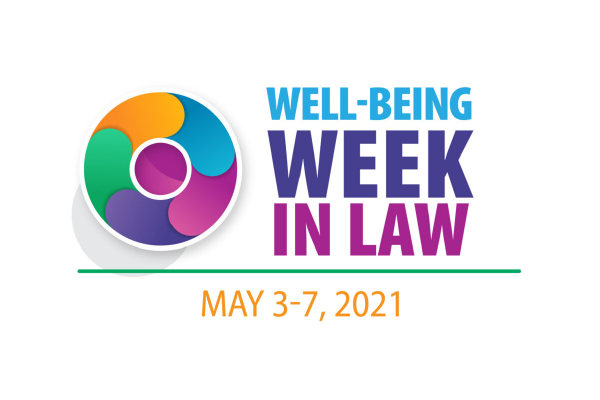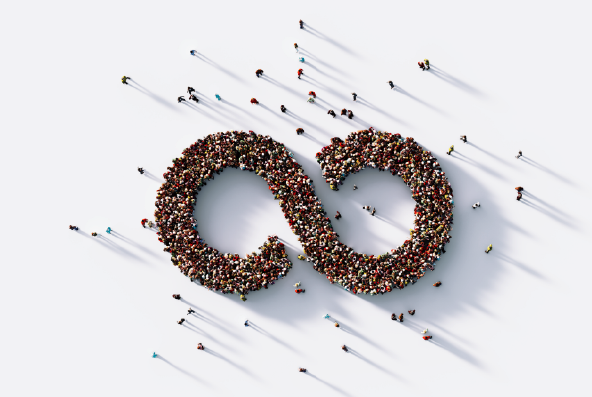When our anger causes us harm, how can we can transform it?
This is the second post in a series about anger and controlling its effects on our personal and professional lives, originally published by Massachusetts Lawyers Weekly here. Part 1 is on Understanding Anger, Its Impact, & How to Calm It. We will publish the third and final piece here on our blog as well.
. . .
During these difficult times over the past year, many lawyers have struggled with painful emotions including depression, anxiety, and anger. Anger is a powerful emotion that can be intensely uncomfortable and evoke shame, self-judgement, or blame at the source of anger. Most of my clients tell me that they don’t want to be angry or be perceived as “out of control”. They tell me stories of intense pain following an episode of yelling at their child, sending a hostile email to colleague, or “losing it” at the grocery store and ask for techniques to stop being so angry. In part 1, I suggested some strategies to help reduce the intensity of anger.
There is also another pathway to work with our anger: looking at the innate wisdom of anger. If we can harness the nature intelligence within anger, we can develop strength and compassion rather than cause suffering from our emotional reactivity.
Psychologists recognize that anger is an important signal letting us know that there is an obstacle in the way of our well-being. From this perspective, anger has a natural intelligence and energy that requires careful attention to understand what is causing this intense reaction. Rather than trying to stop anger, what might happen if we met our anger with what Buddhist psychologist Tara Brach calls, “mindful compassionate presence”? Mindful compassionate presence refers to the ability to go inside ourselves to truly understand what we are thinking, feeling, and experiencing in the present moment. By turning toward the source of the anger, we can develop more wise understanding of the triggers as well as begin to formulate a skillful action to meet the situation.
Using a mindfulness technique called the “U-turn” can be a helpful was to explore our anger reactions with more mindful presence. To begin, when you notice that the emotion of anger present or when you realize that you have been lost in thoughts about being angry (perhaps obsessively going over an argument or re-reading a negative email), take a moment to pause. Feel your feet on the floor and your body being supported in your chair. If it is helpful, allow your eyes to close and take a few deep breaths. See if you can relax and let go of any obvious tension in the body and mind. Now, notice your present-moment experience including your thoughts, sensations, and emotions present. Try not to judge your experience, but simply note what is occurred. For example, you may notice tension in your chest, irritability or anger, thoughts of blame toward another person. What happens if you intentionally regard your experience with kindness and compassion? When you are ready, take a few breaths and come back to the present moment. Perhaps take a few moments to jot down what you observed. Were you able to identify any feelings in addition to anger? Could you identify any specific needs that were not met?
Often, unmet needs can be discovered underneath the initial experience of anger. Marshall Rosenberg, creator of the Center for Nonviolent communication, compiled a list of universal human needs that can help us understand ourselves better and strengthen our connection between people. These basic needs include connection, honesty, play, peace, physical well-being, meaning, and autonomy. If these universal needs are not met, we may experience anger as our first reaction (again remember the threat detection system in the brain that perceives negative experiences as dangerous). Imagine a time when you felt that your peace or security was being threatened or you received negative medical news. Underneath the feeling of anger, may be a whole host of deeper feelings that need attending to. These can include feeling afraid, annoyed, confused, disconnected, disquieted, embarrassed, fatigued, pain, sad, tense, vulnerable, and yearning. When we can identify these feelings, we begin to discover new ways of responding to ourselves and others with more honesty and depth which can help us to meet our human needs.
Once we are able to identify our human needs and feelings, we can provide ourselves with compassion and care. We might ask ourselves, “what do I need most right now?” This may include reaching out to a friend, therapist, family member or taking quiet space for healing. You might even gently place your hand on your heart and imagine saying to yourself, “It’s okay”, “I am sorry this hurts”. You may decide that you are ready to go back to the source of the anger and utilize skillful communication informed by your inner exploration. Instead of focusing on what the other person did, you might share your basic need to feel safe, honest, or well and would like to find a way to do that together with the person.
You may also recognize that the anger can mobilize you to become active in social justice or political systems with additional wisdom about what matters most to you. Compassion is actually an action word and is defined as awareness + empathy + action. Once we are aware of our feelings and needs and can create space and kindness for ourselves and our experience, we are able to act more skillfully.
Compassion does not mean that the anger should or will go away. In fact, for some of us, the anger we experience as a result of social injustice and racism can actually fuel us to remain action-oriented rather than complacent. However, over time, we can overwhelmed by the pain we are experiencing or begin to feel burned out and hopeless. In contrast, when our own personal actions to end oppression are met with self-compassion, it can lead us toward a deeper and even more sustainable dedication to end injustice.
Coretta Scott King stated, “The greatness of a community is most accurately measured by the compassionate action of its members”. This compassionate action requires us to look deeply into the source of our anger with curiosity and kindness which can lead us to true transformation.
Related:
Self-Compassion for Lawyers: Dispelling Doubts & Getting Started (LCL MA, 2021)
Free & Confidential Consultations:
Lawyers, law students, and judges in Massachusetts can discuss concerns with a licensed therapist, law practice advisor, or both. Find more on scheduling here.
. . .
This post was originally published in the April 9, 2021 issue of Massachusetts Lawyers Weekly as “Transforming anger with compassion”.




